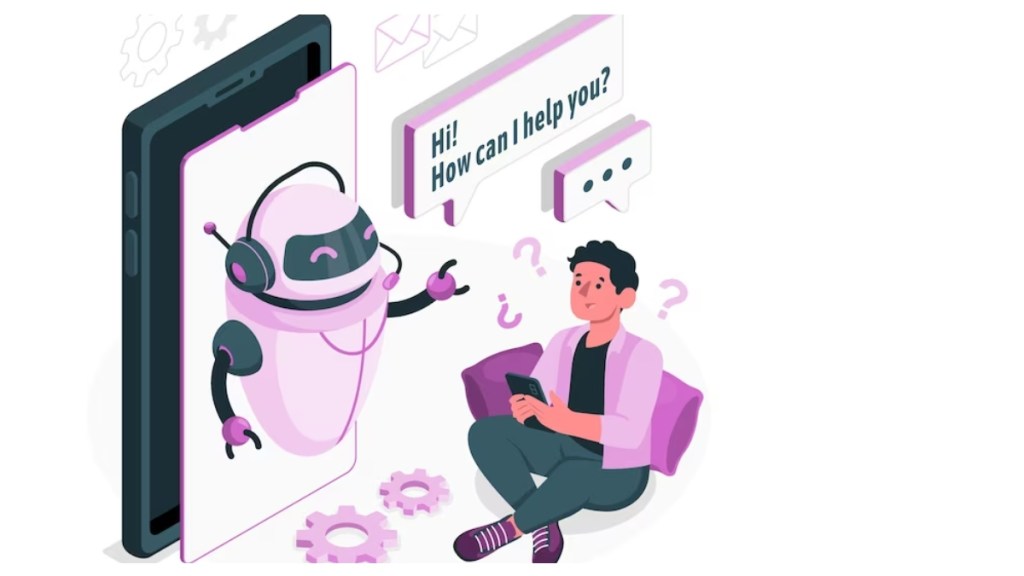By Sanyogietaa Chadha
In a world where technology is evolving every day; causing disruption in how we work; where AI is a part of our daily life; in the rapidly evolving landscape of education, emerging technologies are continuously reshaping how we learn and teach. One such technology that has gained immense prominence is ChatGPT, an advanced language model developed by Open AI. With its ability to generate human-like text and engage in conversational interactions, ChatGPT holds immense potential to revolutionize the educational sphere.
In this article, we aim to explore and look at the benefits of CHATGPT and how it can be used constructively in education, pushing the boundaries of creativity, streamlining research, and enhancing teaching and learning experiences.
One significant advantage of leveraging ChatGPT in education is its role in empowering designers to code independently, freeing them from relying solely on coders and developers. Designers are not coders! But by understanding the fundamentals of coding, designers can expand their creative horizons, explore innovative solutions, and bring their ideas to life with greater autonomy.
If used as a tool, it catalyses students to think beyond the conventional and explore uncharted territories. Lots of secondary research is easily available, thus saving time. Easy access to data could nurture a culture of independent learning and equip students with tools to thrive in a technology-driven world.
Acting as a virtual writing companion can help overcome the challenges faced by students who struggle with language proficiency or vocabulary, enabling them to express their thoughts effectively and confidently communicate their knowledge.
However, it is crucial to note that ChatGPT is a tool that requires guidance and direction from users. Students need to be aware of the keywords relevant to their search and clearly understand the information they seek. While ChatGPT provides data, it does not make decisions on behalf of the users. Instead, it empowers students to make informed choices, fostering critical thinking skills and encouraging active engagement in the learning process.
It can be used as a tool in curriculum development by offering insights and resources to academicians. It aids in creating well-structured and engaging teaching plans, fostering an immersive and inclusive learning environment. It can concisely summarize vast amounts of reading material, which enables students to grasp key concepts efficiently, and academics can deliver content that aligns with the specific learning objectives.
ChatGPT can build comprehensive and interactive platforms that provide students with a wealth of educational content, including tutorials, quizzes, and interactive exercises. These online resources can be accessed anytime, anywhere, promoting personalized learning experiences and catering to diverse student needs.
Academicians can use ChatGPT to structure lesson plans, documents, teaching lessons, etc., provided they give the matter.
Our faculty used ChatGPT for assistance in planning a student trip to Kochi Biennale. Facilitating initial planning and structuring helped streamline the logistics of student excursions, considering factors such as the number of students, duration, and mode of travel. Of course, a faculty member who had visited the Biennale could check whether the suggestions given were correct!
ChatGPT serves as a valuable starting point, eliminating mental blocks and fostering efficient decision-making through final approval and ratification with the appropriate authorities.
However, it is essential to educate students about the role of ChatGPT as a tool and its limitations. Students should understand that it complements their learning journey and should not replace human interaction or critical thinking skills. Last but not least, one should be able to distinguish what is genuine and what technology creates! The potential of ChatGPT should be used and not abused and misused.
The author is regional director, south at Pearl Academy. Views are personal.

